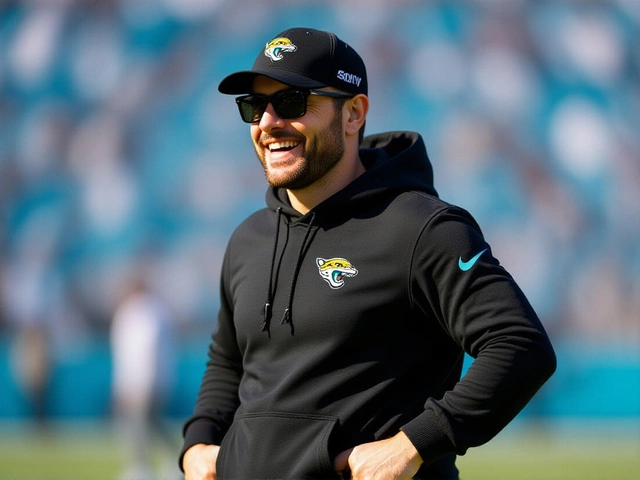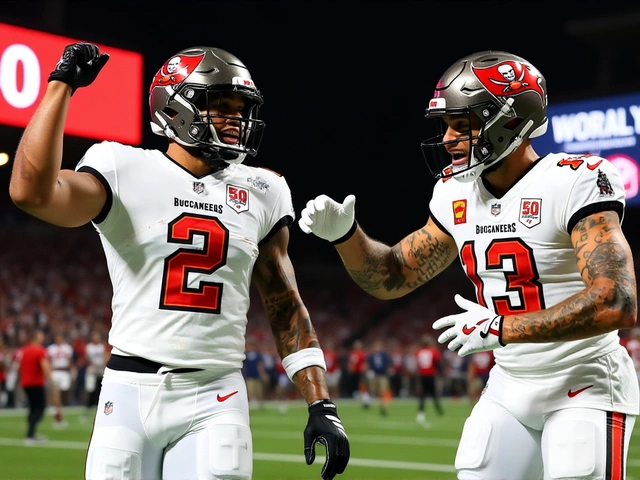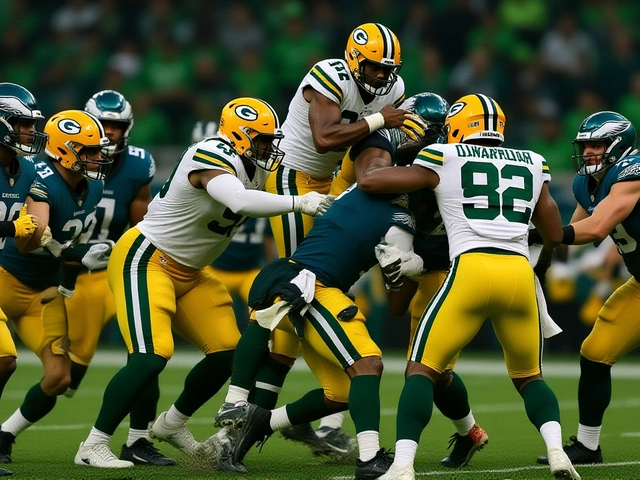
The Boston Red Sox didn’t wait for the winter meetings to make their move. On November 25, 2025, they pulled off a rare, high-stakes trade that landed them a proven ace in Sonny Gray, 36, from the St. Louis Cardinals — and they didn’t even have to give up a single outfielder. In return, Boston sent 25-year-old right-hander Richard Fitts and 22-year-old left-handed prospect Brandon Clarke to St. Louis, while the Cardinals also sent $20 million in cash to offset Gray’s $35 million salary for 2025. It’s not often you see a team trade a veteran starter for two minor league arms and cash — but then again, it’s not often you see a pitcher with Gray’s resume available this late in the offseason.
Why Gray? And Why Now?
Gray’s numbers don’t lie. Over 339 career MLB appearances — all but nine starts — he’s posted a 125-102 record with a 3.58 ERA and 1,925 strikeouts. He finished second in the 2023 AL Cy Young voting behind Gerrit Cole, a reminder that he’s still elite when healthy. After signing a three-year, $75 million deal with the Cardinals in 2025, he was expected to anchor their rotation. But with St. Louis Cardinals president of baseball operations Chaim Bloom in his first year and the team clearly pivoting toward rebuilding, Gray’s contract became a liability. The mutual option for 2026 — not a club option, as previously misreported — with a $5 million buyout, made him an ideal trade candidate. He had to waive his no-trade clause, and he did. For Boston, it was a low-risk, high-reward play.
The Boston Red Sox, under Chief Baseball Officer Craig Breslow, had been quietly shopping for rotation depth behind ace lefty Garrett Crochet. Rumors swirled they’d have to trade from their deep outfield — names like Jarren Duran and Triston Casas were floated. Instead, they got Gray without touching any of their young position players. The move instantly upgrades their 2026 rotation from "questionable" to "competitive." And with Gray’s contract ending after 2026, Boston’s exposure is limited. If he pitches like he did in Minnesota in 2023? They win. If he struggles? They walk away with minimal damage.
The Cardinals’ Calculated Reset
For the Cardinals, this isn’t just a salary dump — it’s the opening move of a rebuild. MLB Trade Rumors called it "the rebuild is underway in St. Louis," and this trade confirms it. Shedding $20 million of Gray’s salary gives them breathing room. But more importantly, they got two pitching prospects with upside. Fitts, who made 10 starts for Boston in 2025 with a 3.97 ERA, is big-league ready. He’s got a strong arm, but durability’s been an issue — a strained pectoral in April and neuritis in August ended his season. Still, he’s a potential mid-rotation arm. Clarke, the real prize for St. Louis, is a lefty drafted in the fifth round in 2024. Ranked as Boston’s No. 5 to No. 8 prospect, he’s still in Single-A. But scouts see a fastball that sits 94-96 mph with a sharp slider and developing changeup. "Pretty far from the majors," one scout told SoxProspects, "but he’s got the stuff to outgrow his projection."
The $20 million cash isn’t just about payroll — it’s a signal. As MLB.com noted, "The fact St. Louis ownership took on money is a good sign for getting Nolan Arenado traded." If they’re willing to eat $20 million on Gray, they’re likely prepared to do the same for Arenado, whose $30 million salary and no-trade clause have stalled his movement. This trade isn’t just about clearing space — it’s about proving they’re serious about rebuilding.
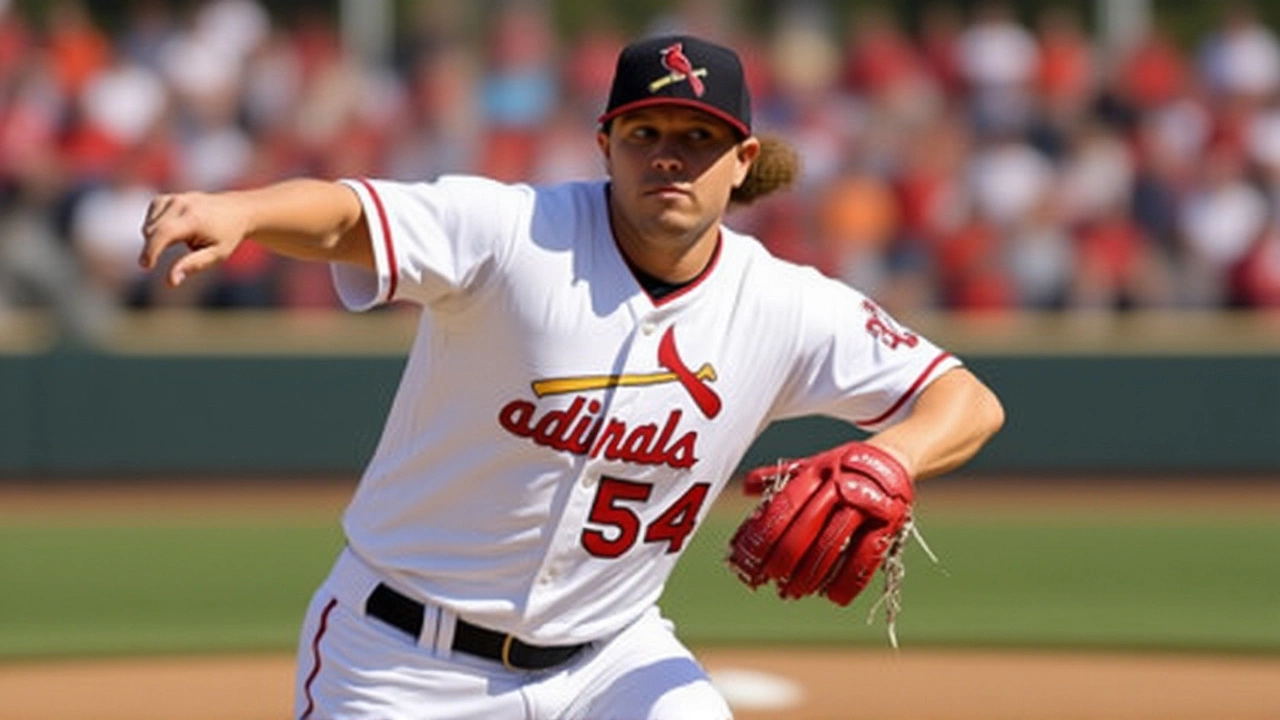
What This Means for Boston’s Future
Gray’s arrival changes the dynamic of Boston’s rotation. With Crochet locked in as the ace, Gray becomes the clear No. 2 — a veteran presence who can eat innings and mentor younger arms like Brayan Bello and Nick Sogard. His experience in high-pressure games — including playoff runs with the A’s and Twins — is invaluable for a team trying to return to contention. And here’s the twist: Gray’s contract, despite its size, is now the least risky part of the deal. The Red Sox didn’t give up their future. They gave up two pitchers who, while talented, weren’t core pieces. Fitts was on the roster bubble; Clarke was still years away from the majors. In return, they got a pitcher who can impact the 2026 season immediately.
It’s also a psychological win. After years of rebuilding, Boston fans are hungry for relevance. Gray, a known quantity with a track record of excellence, brings credibility. He’s not a gamble — he’s a proven commodity. And for a team that’s been burned by overhyped prospects before, this feels like a smart, old-school move: trade for a veteran who’s still got it.
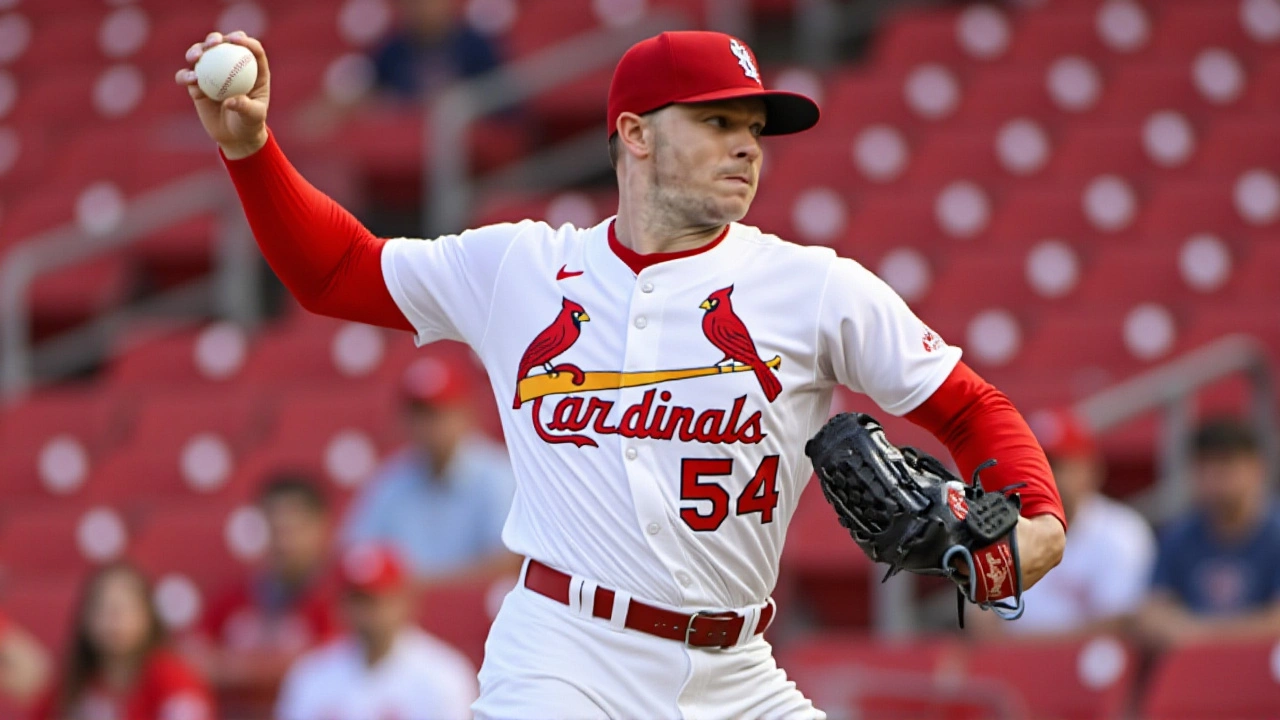
What’s Next?
Gray will likely report to spring training in Fort Myers in February, aiming to regain the form he showed in 2023. The Red Sox will monitor his workload closely — he’s pitched over 190 innings in three of the last five seasons, but at 36, durability is a concern. Meanwhile, the Cardinals will evaluate Fitts in camp and decide whether to slot him into the rotation or use him as a swingman. Clarke will likely start 2026 in Single-A, but if he progresses, he could climb the ladder quickly.
Don’t be surprised if St. Louis makes another move before Opening Day. With payroll flexibility and a strong farm system now being built, they’re positioned to trade veterans like Paul Goldschmidt or Lars Nootbaar later this winter. The Gray trade wasn’t the end — it was the first domino.
Frequently Asked Questions
How does Sonny Gray’s contract affect the Red Sox’s future payroll?
Gray’s $35 million salary for 2025 is fully covered by the Cardinals’ $20 million cash payment, meaning Boston only pays $15 million — far less than the original deal. His $30 million mutual option for 2026 is not guaranteed; if Boston declines, they pay only a $5 million buyout. This makes the deal extremely low-risk, with no long-term financial commitment beyond 2026.
Why did the Cardinals trade a proven starter like Gray?
With Chaim Bloom leading a rebuild, St. Louis prioritized future assets over short-term wins. Gray, 36, was entering the final year of his contract with a mutual option. Trading him allowed the Cardinals to shed $20 million in salary while acquiring two pitching prospects — Fitts, who can contribute now, and Clarke, a high-upside arm with room to grow.
Is Brandon Clarke really the key to this trade for St. Louis?
Yes. While Fitts is MLB-ready, Clarke — a 22-year-old lefty with a 95 mph fastball and advanced secondary pitches — has higher upside. MLB Pipeline ranked him as Boston’s No. 5 prospect before the trade. If he develops into a mid-rotation starter, this trade could look like a steal for the Cardinals years from now.
What does this mean for Boston’s outfield prospects?
It’s a major relief. Before the trade, rumors suggested Boston might trade Jarren Duran or Triston Casas to acquire a pitcher. By landing Gray without touching any outfielders, the Red Sox preserved their most valuable young position players — giving them flexibility to trade later or let them develop in the majors.
Could this trade lead to more moves by the Cardinals?
Almost certainly. The Cardinals’ willingness to absorb $20 million in salary signals they’re open to eating money to clear cap space and acquire prospects. This sets the stage for potential trades involving Nolan Arenado, Paul Goldschmidt, or Lars Nootbaar — all with high salaries and no-trade clauses that have stalled movement.
How does this trade compare to past Red Sox pitcher acquisitions?
It’s reminiscent of the 2019 deal for Martin Perez — a veteran added late to stabilize the rotation. But unlike Perez, Gray comes with a Cy Young-caliber track record and a shorter contract. It’s more like the 2017 acquisition of Chris Sale — a proven ace acquired before the deadline — except this time, Boston didn’t give up top prospects. That’s the key difference: low cost, high upside.
